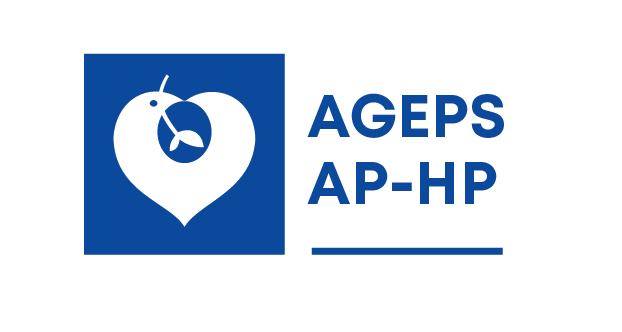François Bocquet (1)(2)(3), Anaïs Loubière(4), Isabelle Fusier(4), Anne-Laure Cordonnier (4), Pascal Paubel (4)(5)(6)
// // //
// // // (1) Health Law and Health Economics Department, Faculty of Pharmacy, Paris Descartes University, Sorbonne Paris Cité, 4 avenue de l’Observatoire, 75006, Paris, France. (2)Health Law Institute, Inserm, UMR S 1145, Paris Descartes University, Sorbonne Paris Cité, Paris, France. (3)Pharmacy Department, General Agency of Equipment and Health Products (AGEPS), Assistance Publique-Hôpitaux de Paris (AP-HP), Paris, France. (4)Pharmacy Department, General Agency of Equipment and Health Products (AGEPS), Assistance Publique-Hôpitaux de Paris (AP-HP), Paris, France. (5)Health Law and Health Economics Department, Faculty of Pharmacy, Paris Descartes University, Sorbonne Paris Cité, 4 avenue de l’Observatoire, 75006, Paris, France. (6)Health Law Institute, Inserm, UMR S 1145, Paris Descartes University, Sorbonne Paris Cité, Paris, France.
Background
The expiry of patents for costly biologics is creating new momentum on the pharmaceutical market for biosimilars (copies of off-patent biologics) and paving the way for their development. However, little is known about the competitiveness of biosimilars versus their originators and other biologics belonging to the same therapeutic class.
Objective
The main goal of this study was to analyse the type of competition generated by the first biosimilars commercialised on key global biologic markets and to grasp their economic model. The secondary goal was to distinguish the main factors likely to influence the uptake of biosimilars on national markets.
Methods
To be included in this study, countries had to meet three conditions: the regulatory framework for the development of biosimilars closely resembled that in Europe, biosimilars were marketed in 2014, and the value of the biologics market was >US$3 billion. We analysed granulocyte colony-stimulating factors (GCSFs) and erythropoietins (EPOs) over the period 2007-2014 because these are the two main therapeutic classes that have been ‘biosimilarised’ and thus have many years of experience available. We assessed market sizes, retail/hospital distribution mixes, incentives for using biosimilars and price discounts for originators versus biosimilars. We conducted a linear regression analysis to assess the relationship between uptakes of biosimilars and the market shares of other biologics.
Results
The EU-5 (France, Germany, Italy, Spain and the UK) and Japanese GCSF and EPO markets are highly-country-specific. Uptake of biosimilars seems to depend on retail/hospital distribution mixes and on medical practice. Depending on the therapeutic class and the market sector (retail or hospital), biosimilars may compete with first-generation or second-generation products or both. Some incentives implemented to encourage the use of biosimilars had mixed results. Overall, discounts for biosimilars versus originators are not factors that determine global uptake of biosimilars.
Conclusions
Unlike generics, there appears to be no unique economic model for biosimilars. Moreover, a new phenomenon occurs with biosimilars: sometimes, they are able to take market shares from subsequent generations of biologics.
Article publié dans PharmacoEconomics, 2016 Vol 34, No 8
ISSN 1170-7690 (doi : 10.1007/s40273-016-0428-6)

